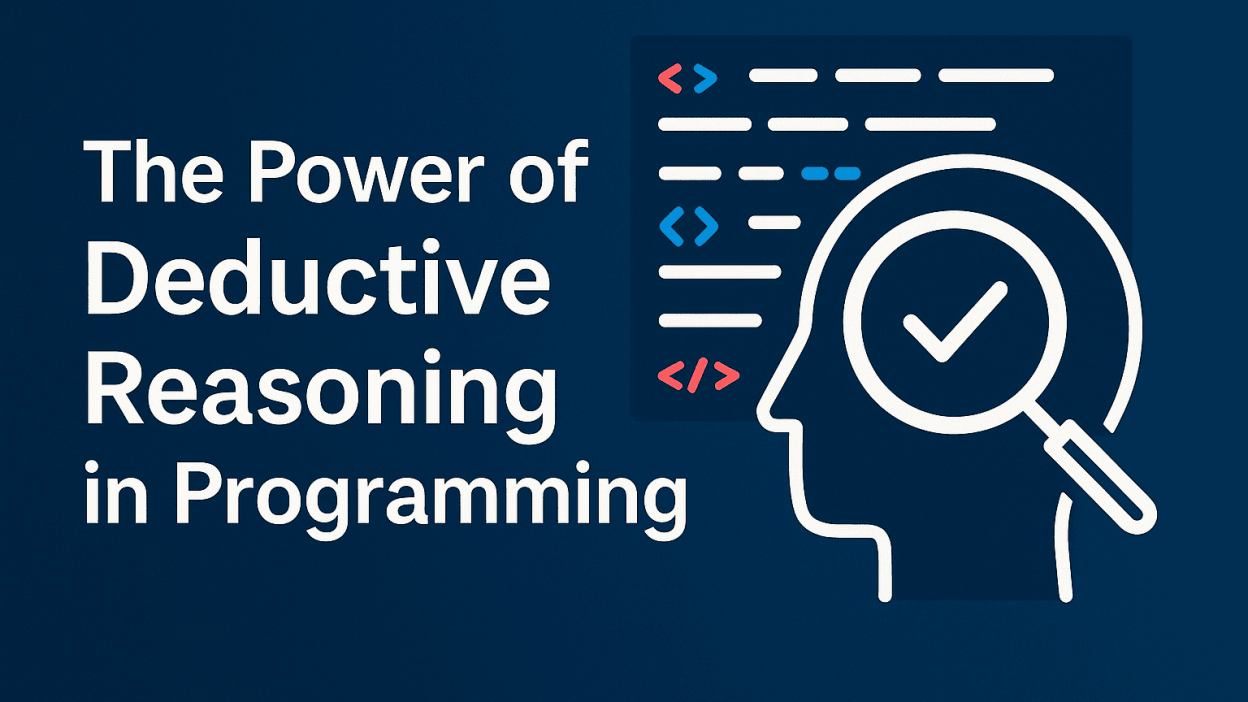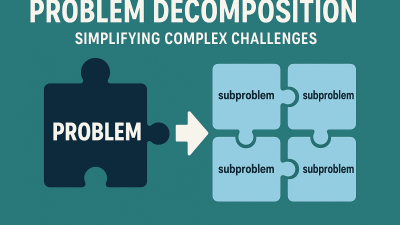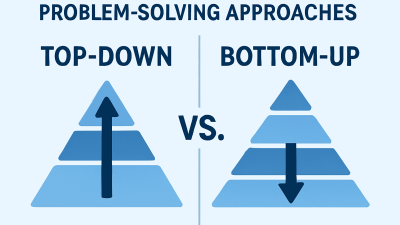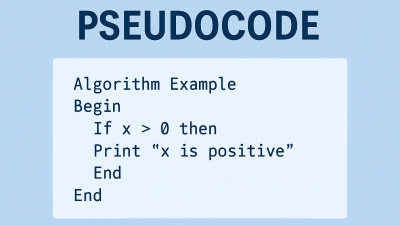Deductive reasoning is a fundamental logical process that empowers developers to tackle programming challenges by moving from broad principles to precise conclusions. This method is indispensable in debugging, code structuring, and designing intuitive user interfaces. By relying on established logical rules, developers can make well-informed decisions backed by evidence rather than assumptions.
Debugging with Deductive Reasoning
A key application of deductive reasoning is debugging. When software malfunctions, developers use this approach to systematically trace the issue. They start with known facts—such as error logs or recent code changes—and logically eliminate possibilities to pinpoint the root cause.
For instance, if a login feature fails after an update, the developer first considers the update as a potential trigger. They then examine how the changes might have disrupted the login process, deducing that a bug was introduced. This structured method allows for efficient problem isolation and resolution.
A Step-by-Step Approach to Deductive Reasoning
To apply deductive reasoning effectively, developers follow four key steps:
- Identify the Premises – Gather all relevant facts and assumptions (e.g., “The login function was recently updated” and “Users cannot log in”).
- Analyze the Premises – Assess how these facts interrelate and what conclusions they support (e.g., “The update may have caused a login bug”).
- Draw a Conclusion – Formulate a logical explanation (e.g., “The update introduced a breaking change in authentication”).
- Test the Conclusion – Verify the deduction through code review, testing, or log analysis to confirm accuracy.
This method ensures that solutions are based on sound logic rather than trial and error.
Structuring and Optimizing Code with Deductive Reasoning
Beyond debugging, deductive reasoning enhances code efficiency and maintainability. By understanding how components interact, developers can design cleaner, more performant systems. For example, knowing that responsive design is crucial for user experience, a developer logically concludes that UI elements must adapt seamlessly across devices, leading to more robust software.
Improving User Interfaces Through Logical Design
Deductive reasoning also guides user interface (UI) development. By analyzing user behavior and preferences, developers deduce optimal design choices. For instance, recognizing that users value quick navigation, they implement intuitive menu structures. This logical approach ensures interfaces are both functional and user-friendly.
Conclusion
Deductive reasoning is a vital skill in programming, enabling developers to solve problems methodically, optimize code, and craft effective UIs. By following a structured process—from premise identification to conclusion testing—developers enhance software reliability, performance, and usability. Embracing this logical approach leads to higher-quality solutions and a more efficient development workflow.



